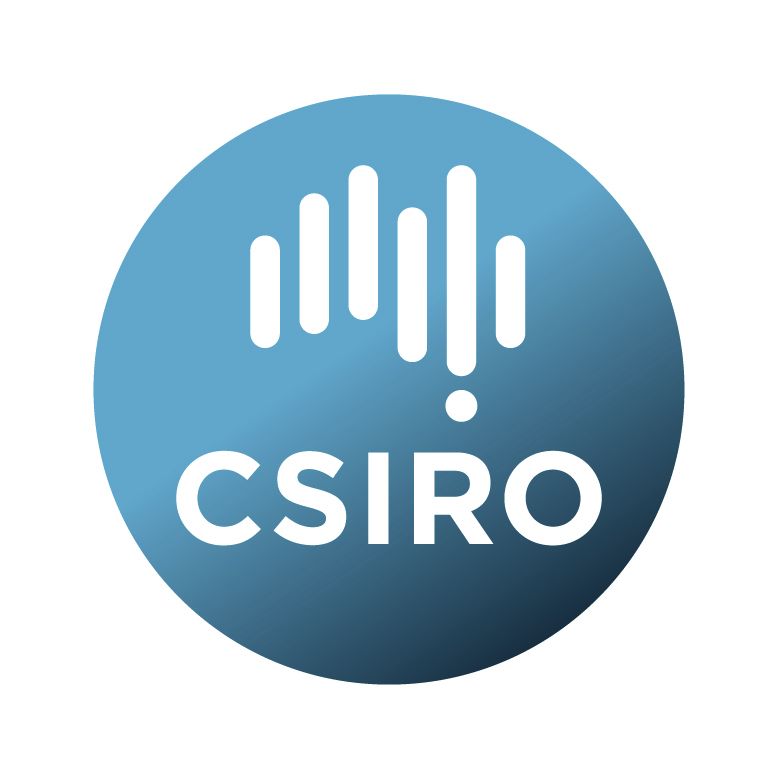Brief description
Since the year 2005, the Parkes Pulsar Timing Array (PPTA) project has been placing ever more stringent constraints on the amplitude of a gravitational wave background signal. Our most recent constraints rule out the standard models for galaxy formation and black hole evolution. It is essential for the PPTA project, its Northern Hemisphere counterparts and key science projects on MeerKAT and the SKA to know the amplitude of the expected gravitational wave signal. We therefore propose to observe our most precisely timed pulsar, PSR J1909-3744, regularly in order to either obtain the lowest bound possible before MeerKAT and the SKA are commissioned or to identify the characteristic gravitational wave signal in the data set for this single pulsar.Available: 2017-05-26
Data time period: 2016-10-01 to 2017-03-31
Subjects
Astronomical Sciences |
Astronomical Sciences Not Elsewhere Classified |
Physical Sciences |
neutron stars |
pulsars |
User Contributed Tags
Login to tag this record with meaningful keywords to make it easier to discover
Identifiers
- DOI : 10.25919/5BB0FAAF74510

- Local : 102.100.100/44320
- global : 32cf93af-3432-424c-95cc-18c6809ddb35


